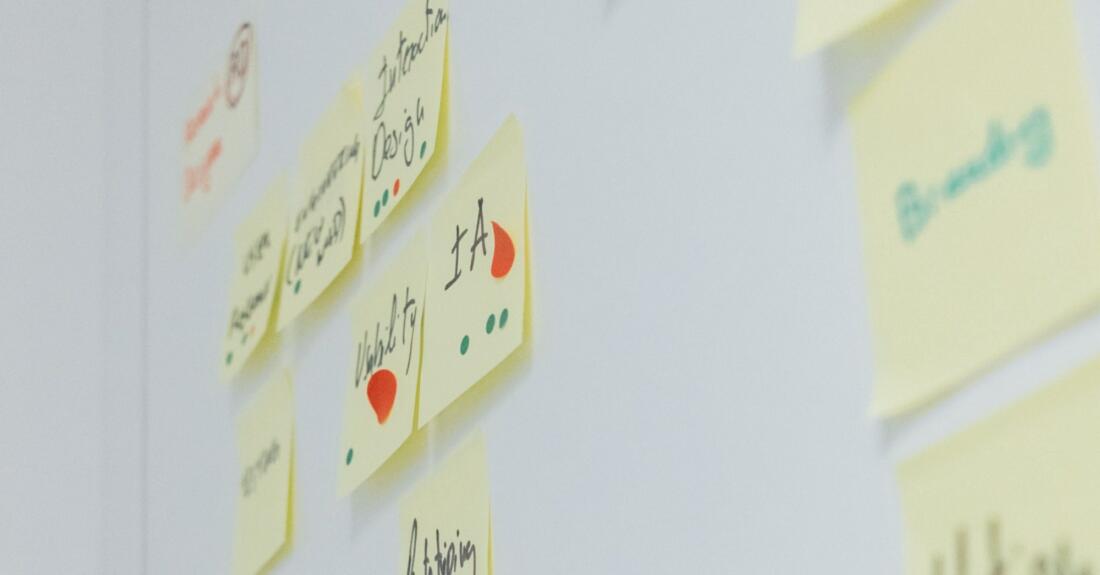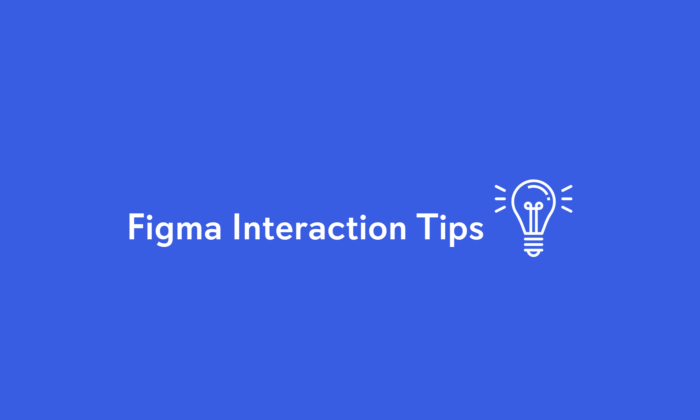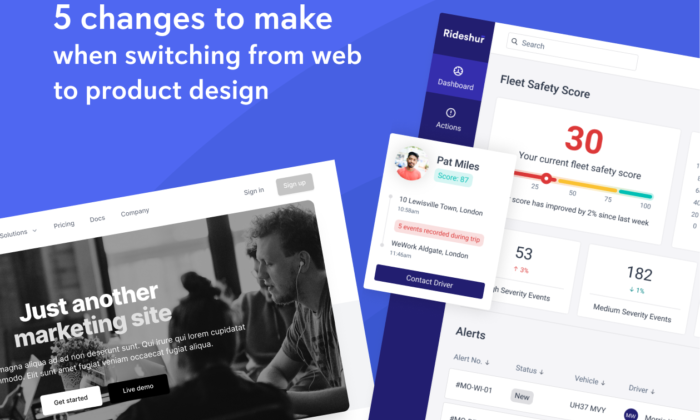
Introduction
'UX Designer', 'Product Designer', and 'Visual Designer' are just a handful of job roles that have overlapping responsibilities, and one of these is to create the best possible design focusing on the user.
We focus on the user by designing with informed decisions based upon feedback and insights gathered from testing. Getting a product across the finishing line requires us to question everything; by saying this I don’t mean to question trivial requests such as "change the text from 80% black to an 81.5% black", but more the parts that affect the solution to the problem.
Initial questions
Before we can question anything, we first need to ask that kick-off question, the question we should be asking when starting any new project or design sprint:
- What is the problem we are aiming to solve?
The answer to this will be what we repeat to ourselves, we will be constantly questioning our designs asking ourselves “Does this help to solve the problem?”, before taking that answer at face value we need to know more about how they got to that answer:
- Why are you (the client) trying to solve problem X?
- What has informed this decision?
- Is this the best use of our time? Can we focus our efforts elsewhere?
As a designer for users, it’s our job to ask these questions; framing questions like this will help to get a better understanding of why the client wants to focus on a particular issue, how the users felt whilst using the product, how solving the problem one way will impact the users (in a good and bad way) the more we know at the start the easier it will be when making design decisions.
On the other hand, not only is it our role to question everything but it’s also our role to be questioned. One of the harder parts of being a designer is when you get your work critiqued. Not getting upset about criticism is crucial as it should be embraced. It hasn’t been said as a way to spite but as a way to help. Constructive criticism is what helps us grow as a person and as a designer.
User testing
User testing is another crucial point in any products journey. It is also the point in which most of the questions are asked. Making sure you have more than a handful of questions ready to ask is crucial for getting 100% out of the test. Asking questions such as these can help to get feedback around specific parts or issues the product is facing:
- Do you use X Y Z in your daily life?
- Would you use this product?
- How did you find the test?
- What did you find frustrating about?
- What other products do you use?
- What where your thoughts when you did X?
- Did you understand X?
- Did it feel natural to use it in this way?
- Was there anything that stopped you completing the task?
User testing is one of the only places it’s acceptable to ask too many questions as it’s expected, so make sure you use your time wisely. These questions should be mixed, questioning the user’s experience of other products, the user’s experience of the product, would the user find this useful etc.
Questions serve a dual purpose, they give insights into what’s isn’t working, but also help to validate decisions that have already been made.
Going back to being questioned, what happens if you fundamentally disagree with the client’s feedback? before you go back to the client and get all defensive you should think it through and ask yourself:
- Why do you disagree?
If you have thought it through and you’re sticking to your guns, you can’t see any way of compromising the design to accommodate the feedback then you have to tell them, this only applies if either.
- A) The client is asking for a change that isn’t backed by any reasoning and is purely personal preference, which you feel will affect the product in a negative way.
- B) The client is asking to change something that has been proven to be an invaluable part of the design.
If either of these applies, you should have sufficient insight to go back to the client and dispute the feedback. If the feedback is just changing the radius of all buttons 2px then it’s probably a simple enough change that won’t impact usability.
Hopefully, this has helped ease any of your thoughts around not wanting to ask too many questions.
More like this

Figma Interaction Tips
Get the most out of Figma with helpful tips on creating captivating interactions that will keep users engaged! Discover how to use design elements and animation techniques, so you can create amazing projects.

5 changes to make when switching from web to product design
Making the switch from web design to product design? Here are five key changes you'll need to make.
